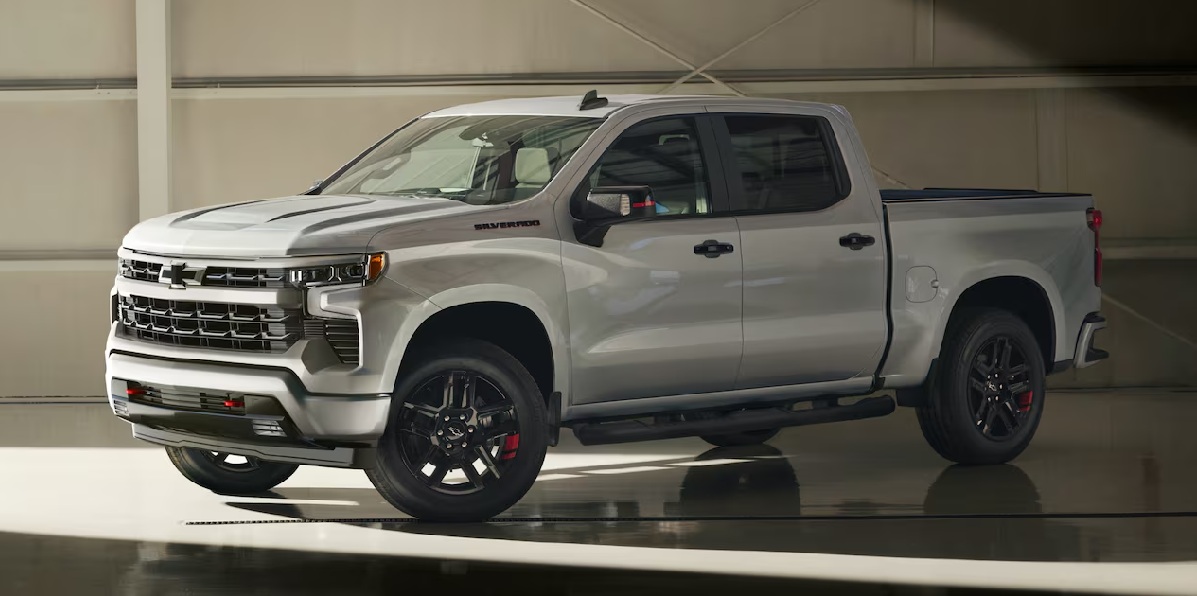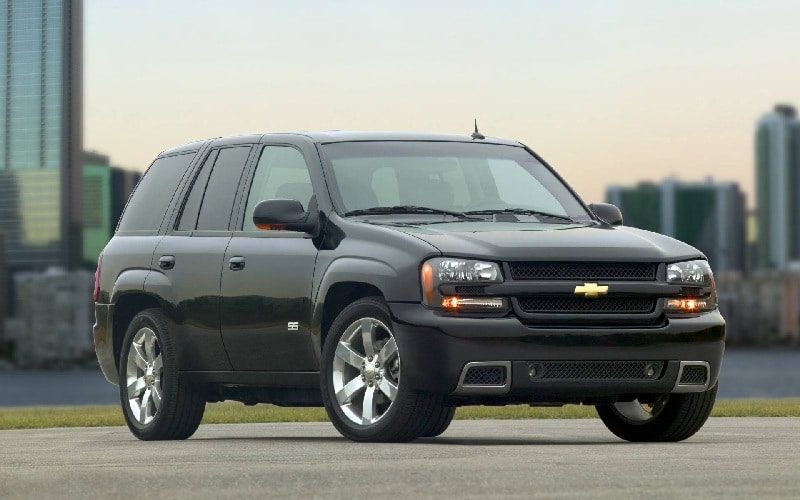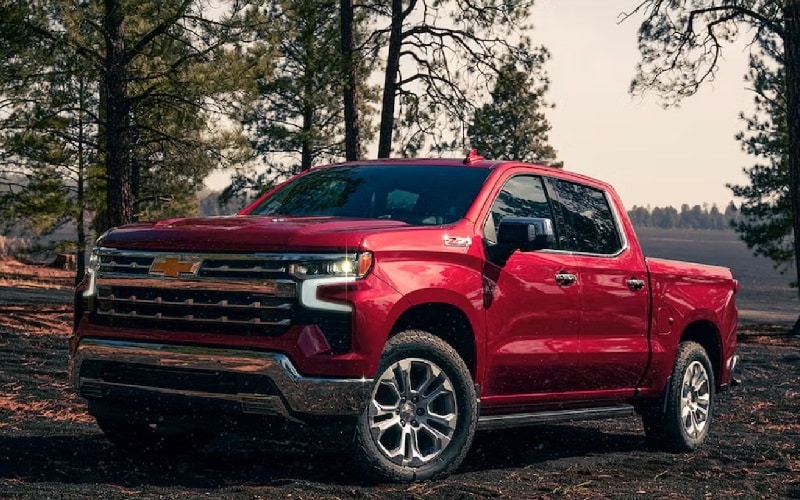Select the Right Brake Fluid for Your Chevy Silverado 1500
Why is brake fluid so critical for your truck’s performance and safety? Brake fluid serves as the hydraulic medium that transfers force from your foot on the pedal to the actual braking mechanism at each wheel of your Chevrolet Silverado 1500. This vital fluid must maintain specific properties under various temperature conditions to ensure consistent, […]
Why is brake fluid so critical for your truck’s performance and safety?
Brake fluid serves as the hydraulic medium that transfers force from your foot on the pedal to the actual braking mechanism at each wheel of your Chevrolet Silverado 1500. This vital fluid must maintain specific properties under various temperature conditions to ensure consistent, reliable braking performance. Unlike other vehicle fluids that primarily lubricate or cool, brake fluid must remain incompressible while resisting moisture absorption and maintaining viscosity across extreme temperature ranges. For Silverado 1500 owners, understanding the correct brake fluid specifications isn’t just about maintenance—it’s about ensuring your truck can stop safely when you need it most.

DOT 3 Brake Fluid: The Factory Standard
The Chevrolet Silverado 1500 comes from the factory with DOT 3 brake fluid as the manufacturer-recommended standard. This glycol-based fluid provides reliable performance in everyday driving conditions, with an equilibrium reflux boiling point (ERBP) of at least 205°C and a wet boiling point of not less than 140°C. These specifications ensure the fluid remains effective even when some moisture is absorbed during normal use.
DOT 3 fluid maintains a kinematic viscosity of not more than 1,500 mm²/s at -40°C, ensuring it flows properly in cold weather conditions. The fluid appears clear to amber in colour when new, gradually darkening as it ages and absorbs moisture from the atmosphere. For most Silverado 1500 owners who use their trucks for daily driving and light towing, DOT 3 fluid provides excellent performance at a reasonable cost.
DOT 4 Brake Fluid: Enhanced Performance Option
While not specified as the factory fill, DOT 4 brake fluid is fully compatible with the Silverado 1500 braking system and offers performance advantages in certain conditions. DOT 4 features higher boiling points—at least 230°C dry and 155°C wet—making it more resistant to brake fade during repeated heavy braking or when towing in mountainous terrain.
The enhanced thermal stability comes from the addition of borate esters in the fluid formulation. Contrary to some misconceptions, DOT 4 fluid doesn’t necessarily absorb moisture faster than DOT 3, but it handles the effects of moisture better due to its higher boiling point reserves. For Silverado owners who frequently tow heavy loads or drive in mountainous regions, upgrading to DOT 4 fluid can provide additional braking performance margins.
Maintenance Intervals and Best Practices
Inspect the Silverado 1500 brake fluid regularly and replace it completely every 2–3 years, whether you use DOT 3 or DOT 4. If you drive in high-humidity areas or frequently brake heavily, shorten this interval as needed.
When servicing the brake system, always use fresh fluid from a sealed container, as brake fluid rapidly absorbs moisture when exposed to air. The master cylinder reservoir cap should remain closed except when actively adding fluid. When bleeding the system, start from the brake calliper furthest from the master cylinder (typically the right rear) and work your way closer, ensuring all air is purged from the lines.
For optimal performance, avoid mixing different DOT ratings or brands of brake fluid. If upgrading from DOT 3 to DOT 4, perform a complete system flush rather than simply topping off the existing fluid. This ensures consistent performance throughout the hydraulic system.
Monitor The Brake Fluid Condition
Checking your Silverado brake fluid involves more than just verifying the level in the reservoir. The fluid’s colour provides valuable information about its condition—new fluid should be clear to amber, while darkened or cloudy fluid indicates contamination or moisture absorption. You should replace the fluid if it appears significantly darker than the new fluid.
Modern Silverado models with electronic stability control systems are particularly sensitive to brake fluid condition, as these systems actively pump the fluid during operation. Contaminated or moisture-laden fluid can accelerate wear on these expensive components, making regular fluid changes a cost-effective preventive maintenance measure.
5 Facts About Silverado 1500 Brake Fluid
1. The brake fluid in a Silverado 1500 can reach temperatures exceeding 175°C during emergency braking from highway speeds, particularly when towing near maximum capacity.
2. A typical Silverado 1500 brake system contains approximately 1 litre of brake fluid distributed throughout the master cylinder, ABS module, and brake lines.
3. Modern Silverado models use an integrated electronic brake control module that performs over 100 calculations per second, relying on consistent brake fluid properties to function properly.
4. The brake fluid in a Silverado 1500 travels through nearly 15 metres of steel and flexible brake lines to reach all four wheels.
5. Silverado brake systems are designed with a dual-circuit configuration, allowing partial braking capability even if one circuit fails due to a leak or component failure.
Brake Fluid Questions and Answers
How often should I change the brake fluid in my Silverado 1500?
Replace the brake fluid every 2-3 years under normal driving conditions. If you frequently tow heavy loads or drive in mountainous terrain, consider shortening this interval to every 2 years.
Can I upgrade from DOT 3 to DOT 4 brake fluid in my Silverado?
Yes, DOT 4 is backward compatible with systems designed for DOT 3. However, perform a complete system flush rather than mixing the two types to ensure optimal performance.
How do I check if my brake fluid needs changing?
Inspect the colour—new fluid is clear to amber, while darker or cloudy fluid indicates contamination or moisture absorption. Also, if the fluid is more than 3 years old, it’s generally time for replacement regardless of appearance.
Will using DOT 4 instead of DOT 3 improve my truck braking performance?
For normal driving, you likely won’t notice a difference. However, during repeated heavy braking or when towing in hot conditions, DOT 4’s higher boiling point can reduce the risk of brake fade.
Is synthetic brake fluid better for my Silverado?
Synthetic brake fluids typically offer higher boiling points and better moisture resistance than conventional fluids. They’re an excellent choice for trucks used for towing or in humid environments.
How much brake fluid does a Silverado 1500 brake system hold?
The entire system holds approximately 1 litre of fluid, though you’ll typically need 1.5 to 2 litres when performing a complete flush to account for the removal of the old fluid.
What happens if I mix DOT 3 and DOT 4 brake fluids?
While they’re technically compatible, mixing them results in a fluid with properties somewhere between the two types, potentially reducing the overall boiling point below what you’d get with pure DOT 4.
Can I use DOT 5 fluid in my Silverado?
No. DOT 5 is silicone-based and incompatible with the ABS and stability control systems in your Chevy truck. Stick with DOT 3 or DOT 4 glycol-based fluids.
Why does my brake pedal feel soft after changing the brake fluid?
A soft pedal typically indicates air in the system. Proper bleeding techniques are crucial—start with the brake calliper furthest from the master cylinder and work your way closer.
Does brake fluid affect ABS performance in my Silverado?
Absolutely. The ABS system rapidly pulses brake pressure during activation, creating heat in the fluid. Fresh fluid with proper boiling point characteristics ensures optimal ABS function, especially during prolonged activation on slippery surfaces.


